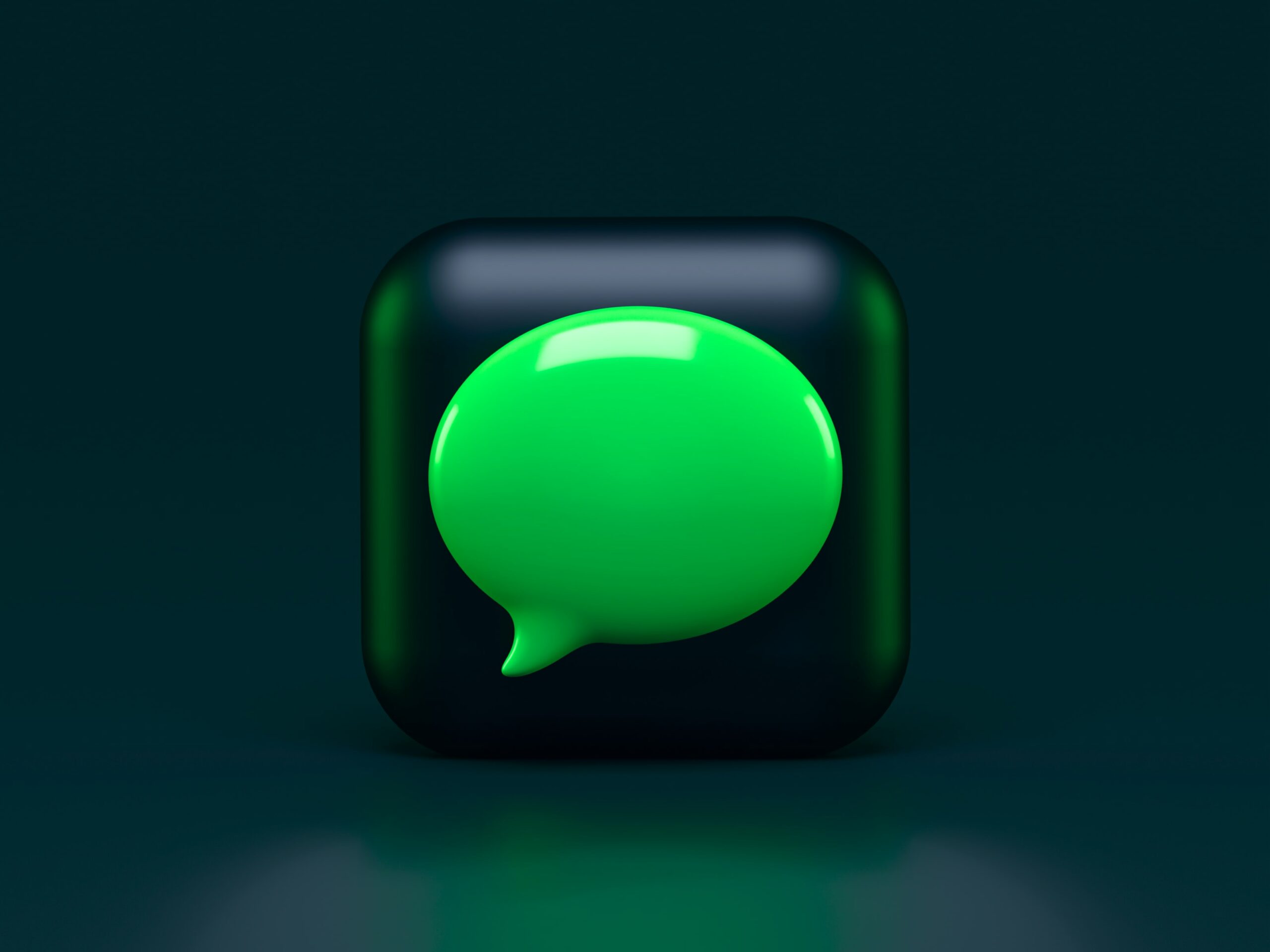Do you want to know what broadcasts and triggers are? How they can enhance your engagement with your clients and potential consumers? So you came to the right place. For more, keep reading this article!
How you interact with your audience depends mainly on how you communicate with it. These interactions can determine the user experience as well as brand loyalty. It is, therefore, essential to have a close relationship with the consumer. For that, you can use chatbots.
Proximity to customers allows you to collect detailed information about their behavior and research. You can then send them recommendations for products or campaigns that best suit their profile.
To improve your advertising interactions, Visor.ai offers you two options: Broadcasts and Triggers. The choice of one or the other will depend on the campaign you want to do.
Broadcast and Triggers: What are they?
Broadcasts, as the name implies, treat the transmission of information on a broad scale.
The term “broadcast” is widely used in the radio world, as it was there that the first ones happened.
With the evolution of technology, many of these transmissions began to be shared on the Internet. Mainly, for music and video dissemination, like Youtube.
It’s still broadcasting, although the means of delivery changed.
We can say that Broadcasts are more focused on the message. On the other hand, Triggers are more concentrated on the parameters to trigger the signal.
The former has a more general character. Triggers activate according to the actions the client took during his interaction with the chatbot.
That said, these strategies are used to enhance customer loyalty and engagement strategies.
The Differences Between Triggers and Broadcasts
Triggers are ideal when you already know the customer’s behavior. They go by this name because the messages come from the paths that the client takes when he goes to your company’s chat.
For example, you are an insurance company and have a potential client who opens the chat and regularly consults about housing insurance and its coverage. In this case, using previously defined criteria, you can send him a message regarding this matter.
You can also activate the trigger message using links from your website. That is, you can combine chat interactions with a particular web page. Imagine, if the client goes to your contact page and, using the previous example, is searching about home insurance in the chatbot, then he’ll receive the trigger you set for these specific requirements.
This tool is interesting when you want to trigger messages that depend on the user’s actions.
Such as sending a message after the customer has passed an “x” number of times for a given theme or product. Or even send an ad when the user runs a specific path in the conversation flow.
On the other hand, Broadcasts are ideal for when you want a campaign that covers the general public, almost like a Newsletter. That is, anyone who accessed your chatbot, and has consented to the collection of their data, will receive these messages.
Broadcasts are great when you have one-time campaigns or want to let your customers or prospects know of specific dates for special discounts.
Messages that Promote Curiosity
As we have already mentioned, Broadcasts and Triggers result from fulfilling parameters that activate messages.
The messages can have any information you want, from updating privacy criteria to launching new products or even informing customers that your system is down (nobody wants it, but it can happen!).
For it to always be a fluid conversation, even when it is not in direct dialogue with consumers, it is crucial to have a well-defined conversational design. To learn more, read the article Conversational Design: What It Is and How to Apply to Your Bot.
That said, you can take advantage of your chatbot and start interacting with your consumer through a conversation, counteracting those impersonal and unattractive campaigns.
Why not, perhaps, ask about the subject they’re researching? “Hi! I see you want to open an account with us. I’m so glad! May I present the many advantages you can enjoy with our new product?”
Are you interested? Well, that’s the feeling you want to promote to your customers.
Programming
On the Visor.ai platform, there are two distinct places where you can create each of these tools.
Triggers
Triggers are created directly in your knowledge base, along with the most frequently asked questions. These can be permanently part of the database, as they compile lengthy campaigns.
The conditions for triggering the response will always be the same, so there is no need to be elsewhere than in the corpus.
Once created, you choose how to present the interactions to your client, to make the conversation more dynamic. They can be in text, image, galleries, gifs, as you prefer.
For this type of interaction – the triggers – it is necessary to deploy. Implementation for the Live environment can be harmful when you don’t have everything aligned within your knowledge base yet.
That is, imagine you have a trigger to launch, but at the same time, you have a section of your bot that is not yet ready. If you do the update, you’ll post both of these interactions, and it can be a nuisance to have one of them still incomplete.
Broadcasts
Broadcasts, compared to Triggers, are more punctual and general campaigns. They have a section dedicated exclusively to their creation but have a limitation when assembling them.
When you create a broadcast with an instant response block, you only have the text and image option.
But don’t despair. You can send more complex messages if you use an existing conversation flow. That is, you must first create the interaction and then attached it when you set up the Broadcast. This way, you can use galleries and gifs and make it more dynamic and attractive.
Unlike the Triggers, you can schedule the launch of campaigns. These are only sent to your customers at the time you define.
Since you don’t need to deploy, it doesn’t interfere with updates you are making simultaneously in your knowledge base.
Additionally, there is no need to erase them, as they aren’t saved in your permanent knowledge. Once they’ve fulfilled their purpose, they’re attached, without taking up space, in your database.
What You Need to Know
In the Triggers tool:
- Send messages to specific customers
- Combine website links and chatbot interactions
- You need to deploy the knowledge base
- Use different message formats (text, image, galleries, etc.) in its assembly
- Send messages automatically, according to the path chosen by the user.
In the Broadcast tool:
- Send messages to the general public
- You can only send text and images in its instant assembly
- No need to deploy the knowledge base
- You can schedule your shipments.
If you want to know more about these and other tools of our platform, contact us now!











